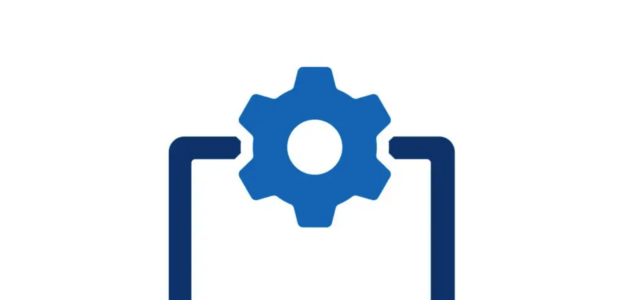What to Look for When Choosing the Right Project Management Software

Choosing the right project management software is a crucial decision that impacts your team’s productivity, collaboration, and project outcomes. With a vast array of options available, it’s essential to know which features and factors to prioritize based on your organization’s specific needs.
This guide will help you navigate the selection process with key criteria to evaluate project management tools effectively.
1. User-Friendly Interface and Ease of Use
Why It Matters
A project management tool should make work simpler, not more complicated. If the software has a steep learning curve, it can hinder adoption and reduce its overall value.
What to Look For
- Intuitive design: Simple navigation and minimal training required.
- Customizable views: Options like Kanban boards, Gantt charts, and calendar views to suit different team preferences.
Practical Example
Tools like Asana and Monday.com offer drag-and-drop interfaces and customizable workflows, making it easy for teams to get started quickly.
2. Task and Workflow Management
Why It Matters
Effective project management revolves around clear task assignments and smooth workflows. The software should help you organize tasks, track progress, and avoid bottlenecks.
What to Look For
- Task dependencies: Ability to define and track dependencies between tasks.
- Automation: Automate repetitive processes like task assignments or notifications.
- Custom workflows: Adaptable workflows to match your team’s processes.
Practical Example
In herdr.io, project managers can create custom workflows that automatically update team members about task priorities, keeping projects on track.
3. Collaboration Features
Why It Matters
Cross-functional projects require seamless communication and collaboration. Your software should act as a central hub where teams can share updates, documents, and feedback.
What to Look For
- Real-time messaging or integrations with tools like Slack.
- Document sharing and version control: Ensures everyone works on the latest version.
- Commenting on tasks: Enables focused discussions.
Practical Example
Tools like Trello allow team members to leave comments directly on task cards, ensuring all relevant information is centralized.
4. Scalability and Customization
Why It Matters
Your project management tool should grow with your organization and adapt to changing needs. What works for a small team might not suit a larger, complex organization.
What to Look For
- Flexible pricing plans: Choose a tool that scales with your team size and usage.
- Customization: Tailor fields, workflows, and dashboards to your unique processes.
Practical Example
ClickUp offers extensive customization options, making it ideal for both small startups and large enterprises.
5. Integration Capabilities
Why It Matters
Your project management software should integrate seamlessly with other tools your team uses, such as email, CRM, and file-sharing platforms.
What to Look For
- Wide range of integrations: Support for tools like Google Drive, Salesforce, and Microsoft Teams.
- APIs for custom connections: Allow developers to create bespoke integrations.
Practical Example
A marketing team using Monday.com can integrate it with HubSpot to link campaigns directly to project timelines.
6. Reporting and Analytics
Why It Matters
Data-driven insights help you measure project performance, identify bottlenecks, and make informed decisions.
What to Look For
- Customizable reports: Ability to track KPIs like task completion rates, resource utilization, and deadlines met.
- Real-time dashboards: Provide instant insights into project status.
Practical Example
In Jira, teams can use built-in reporting tools to monitor sprint performance and adjust plans accordingly.
7. Mobile Accessibility
Why It Matters
In today’s flexible work environment, team members often need to manage tasks and projects on the go.
What to Look For
- Mobile app availability: Fully functional mobile apps for iOS and Android.
- Sync capabilities: Ensure data is updated in real-time across all devices.
Practical Example
A project manager traveling for business uses Wrike’s mobile app to check project updates and reassign tasks.
8. Security and Data Privacy
Why It Matters
Project management tools often contain sensitive information. Robust security measures protect your data from breaches.
What to Look For
- Compliance standards: Ensure the tool complies with regulations like GDPR or HIPAA, if applicable.
- Role-based access control: Restrict access based on user roles.
Practical Example
Basecamp uses role-based permissions to ensure that sensitive client data is accessible only to authorized team members.
9. Cost and ROI
Why It Matters
While cost is a factor, it’s essential to evaluate the software’s value in terms of productivity gains and efficiency improvements.
What to Look For
- Free trials or freemium models: Test before committing.
- Transparent pricing: Avoid tools with hidden fees.
Practical Example
A small startup might start with Trello’s free plan and later upgrade to paid tiers as their team grows.
Conclusion
Choosing the right project management software requires a thorough understanding of your team’s needs and workflows. Prioritize tools that offer user-friendly interfaces, robust collaboration features, seamless integrations, and scalability to support your growth.
Explore tools like herdr.io to experience how tailored project visibility and resource management can transform your workflow.







